Palmetto Bluff Real Estate Company Sales Office
Office Hours
Monday-Friday 9am - 5pm
Saturday 9am - 4pm
Sunday 12 - 4pm
Saturday 9am - 4pm
Sunday 12 - 4pm
Pop! Click! Snap! A din rings across the marsh from oysters closing their shells, jets of water springing from sealing halves, as water recedes from the intertidal zone.
Eastern oysters (Crassostrea virginica), probably known best for their central role in autumnal oyster roasts, are a keystone species in our coastal marshes and provide essential ecosystem functions including erosion control, water filtration, and habitat creation.
Oyster reefs are barriers that break down waves from hurricanes before they hit the mainland, retaining the substrate of our shorelines. Foraging primarily on microscopic phytoplankton, oysters are filter feeders and can filter up to 4 gallons of water per hour. They can even remove pollutants, including heavy metals such as mercury, providing a cleaning service through their foraging activities.
Over 300 species of plants and animals rely on oysters for survival. Oyster reefs provide three-dimensional structures for fish, crabs, shrimp, and other invertebrates on the otherwise fl at bottom of creeks and estuaries. Declines in oyster populations create a trophic cascade of loss, depleting the abundance and diversity of species present throughout the food chain.
In addition to providing habitat, oysters themselves have specific habitat requirements. Ninety-five percent of eastern oysters live in the intertidal zone, the space within tidal creeks covered during high tide and exposed during low tide. If oysters are too deep, they are unable to compete with more benthic species such as boring sponges. If oysters are too shallow, they reduce the amount of time they can spend feeding. The intertidal zone provides important advantages for oysters, and the success of restored reefs depends on specific placement within this zone.
The oyster life cycle is surprisingly complex. Spawning begins in April when adults broadcast sperm and eggs into the water column, peaks during the summer, and continues into October. During this period, 50 percent of the tissue within the oysters is comprised of gonads—the organs that produce eggs and sperm. Resulting larvae have poor locomotory skills and rely on tides for transport, spending their first two weeks floating with currents while developing into more complex larval stages. Around two weeks old, they form their final larval stage and begin to sink to the creek bottom. This final stage is different from previous ones in that the larva has a “foot” that allows it to be somewhat mobile, crawling over the creek bottom in search of a sustainable place to permanently rest.
Oyster larvae need hard substrates to which they can attach, preferring the shells of other oysters—both alive and dead. Once the larva finds a substrate, it permanently cements itself to that location and metamorphizes into a small version of its adult form. It grows rapidly, becoming mature in two to three years. Eastern oysters are protandrous hermaphrodites, maturing first as males and transitioning to females when they are older and larger.
Females can produce more than 100 million eggs in a single year—with the waters along coastal South Carolina filled with oyster larvae during the summer months. Unfortunately, this same water lacks an abundance of substrate to which larvae can attach. Over-harvesting and habitat loss—including the depletion of oyster shell substrate—have contributed to significant declines in oyster populations. Less than 20 percent of historic oyster reefs currently exist along U.S. coastlines.
Fortunately, there is something we can all do to help. The South Carolina Department of Natural Resources oversees the South Carolina Oyster Restoration and Enhancement (SCORE) program, which obtains oyster shells from citizens through shell drop-off centers, then quarantines and recycles them through the creation of new reefs.
To learn more about SCORE, visit score.dnr.sc.gov.
%GALLERY%

David’s Journey to Palmetto Bluff Born and raised in Lewisburg, West Virginia, David Johnson’s career path began with a moment of chance. While studying Finance and Economics at Marshall University, he walked into the Greenbrier Sporting Club’s real estate of...
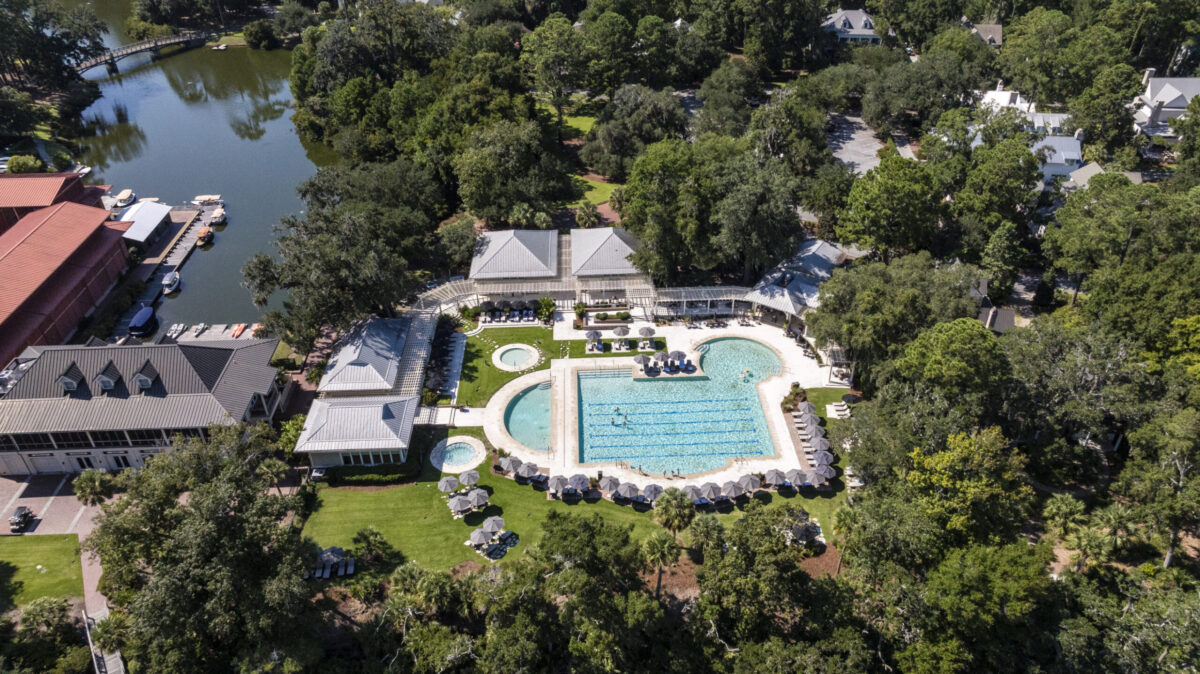
Palmetto Bluff Club: Finding Your Perfect Fit Tucked into the heart of the Lowcountry, Palmetto Bluff is a place where life unfolds at its finest pace—unhurried, connected, and deeply rooted in community. Membership here goes beyond access to world-class amen...

4 Ways to Incorporate Coastal Fall Decor into Your Home in 2025If you are planning to decorate your home for fall, you might feel limited to warm colors and chilly weather. But if you live on the coast, you can easily incorporate coastal fall décor into your h...
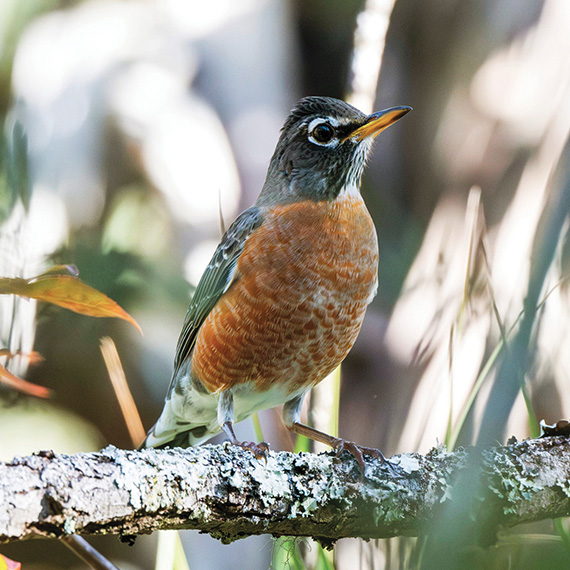
Here in the Lowcountry, the Conservancy brings FeederWatch to life with guided sessions at the Conservancy’s bird feeders. Education and Outreach Manager Aaron Palmieri leads these gatherings, teaching attendees how to identify wintering species, choose the ri...
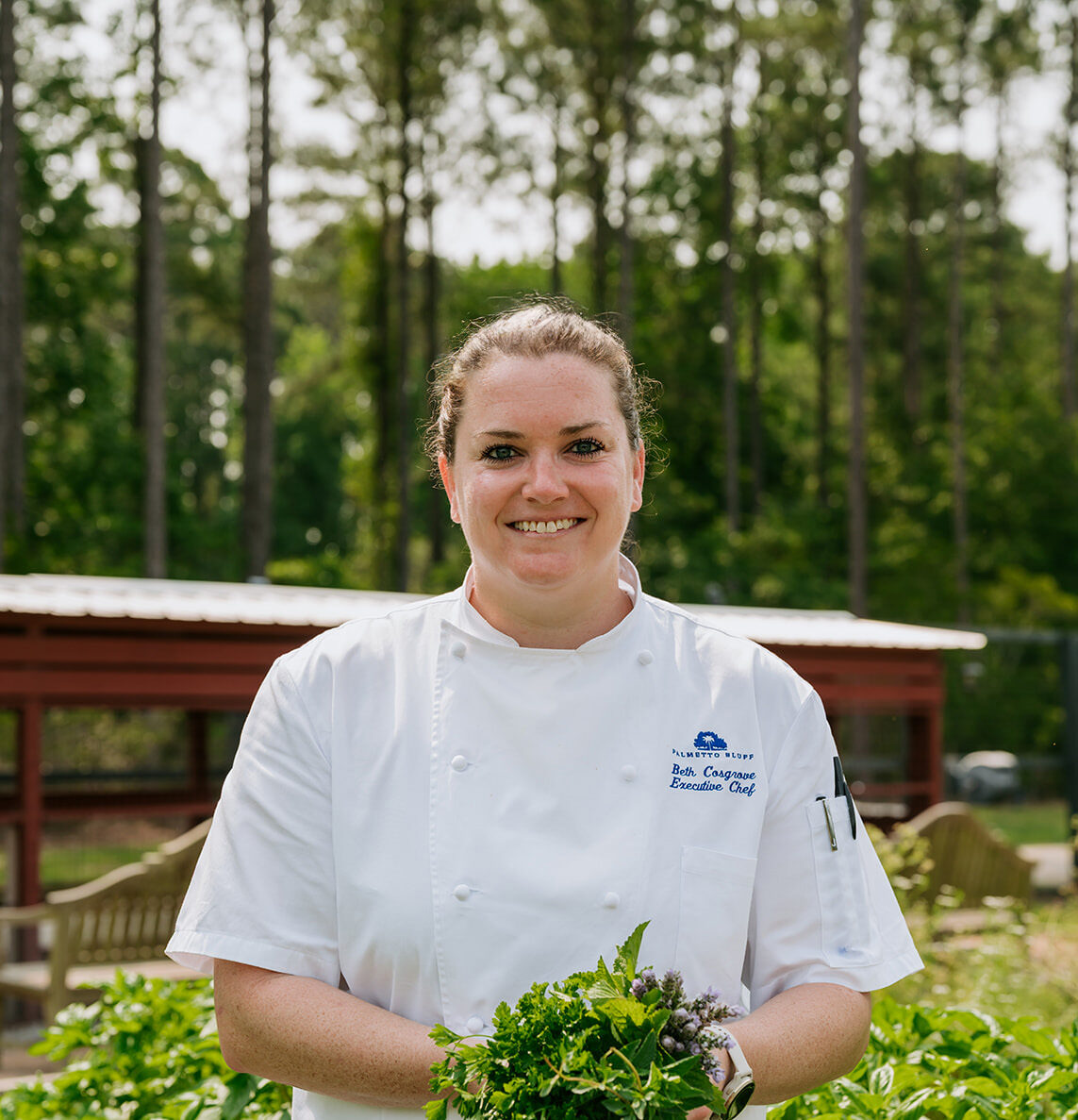
Chef Beth Cosgrove shares her favorite game day dip—with a Southern twist. Ingredients 2 cups cooked sea island red peas, crushed with a fork 1 recipe of pimento cheese dip (recipe below), room temperature 2 cups crème fraiche 1 cup fire-roast...

At Palmetto Bluff, newly built homes are more than residences—they are carefully crafted retreats offering the best of Lowcountry living. Palmetto Bluff Real Estate Co. Agent, Amanda Cutrer, shares the benefits of buying “new” in the Bluff. Builder Support ...
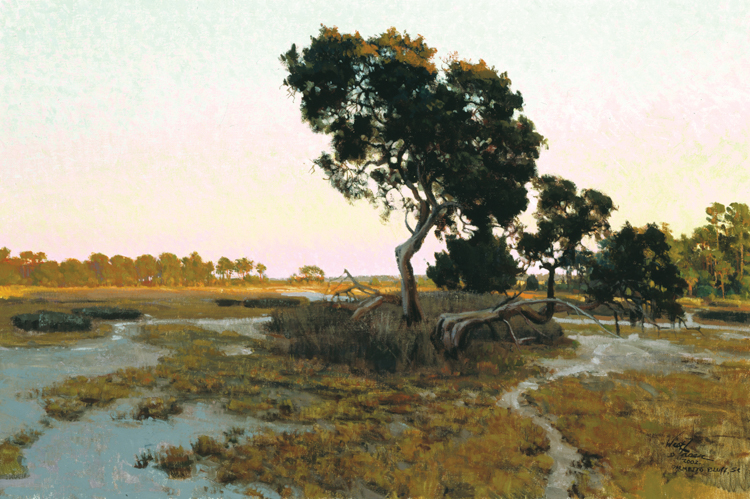
Visionary land planner Mark Permar reflects on Palmetto Bluff's rich history and its enduring connection to the land. With Anson on the horizon, the legacy of designing with nature lives on.How did you first get involved with Palmetto Bluff? I believe it was ...
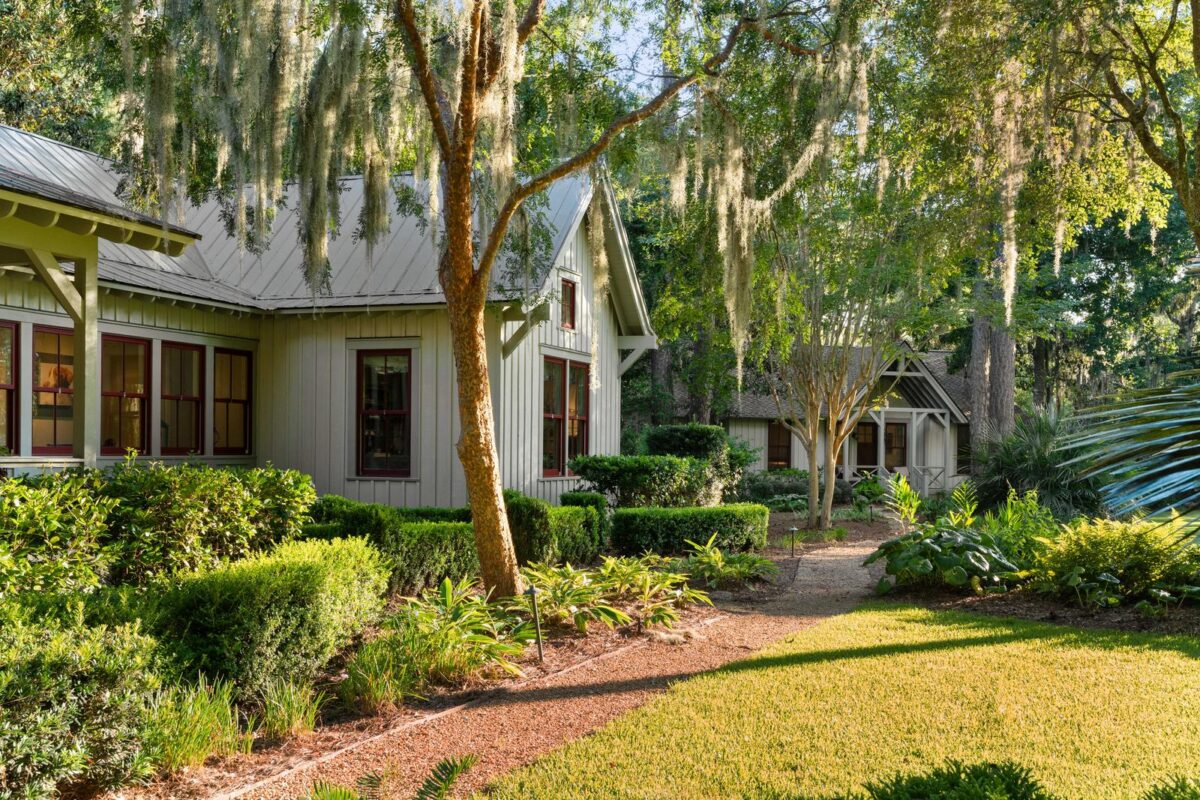
Explore Available Listings with Room For the Whole Family At Palmetto Bluff, life moves at the pace of the tides; slow enough to savor, yet rich with moments worth sharing. And when it comes to welcoming the people you love most, the right home makes all the ...
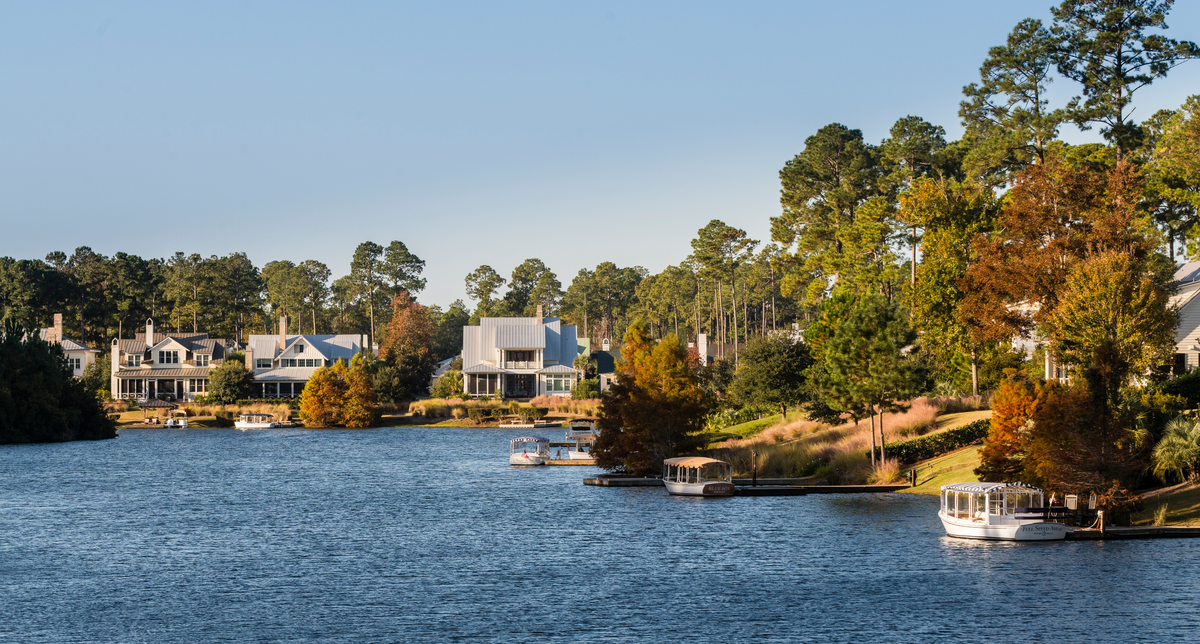
Real Estate in Bluffton, SC: Trends, Updates, and Insights The first half of 2025 has been nothing short of remarkable for Palmetto Bluff Real Estate Company, with sales volume, transaction count, and market share setting a strong pace for the year ahead. As ...
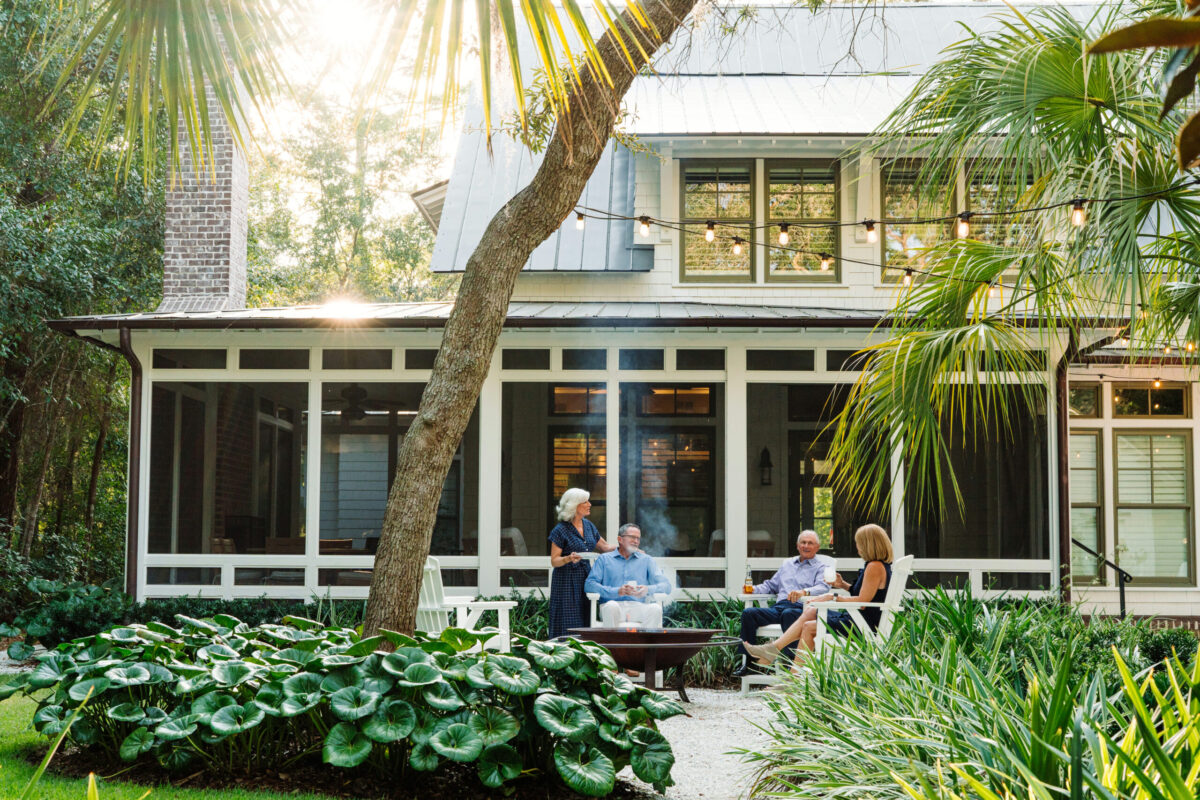
Enhancing Coastal Living With Lowcountry Landscaping Trends The Lowcountry lies along the southeastern coast of the United States, a region known for its breathtaking landscapes, rich history, and unique culture. From the charming streets of Charleston to the...
Learn about the Palmetto Bluff Conservancy and how we keep the vision of our land in place.
On land or water, there is an ever-evolving variety of activities.
We do not attempt to independently verify the currency, completeness, accuracy or authenticity of the data contained herein. All area measurements and calculations are approximate and should be independently verified. Data may be subject to transcription and transmission errors. Accordingly, the data is provided on an “as is” “as available” basis only and may not reflect all real estate activity in the market”. © [2023] REsides, Inc. All rights reserved. Certain information contained herein is derived from information, which is the licensed property of, and copyrighted by, REsides, Inc.